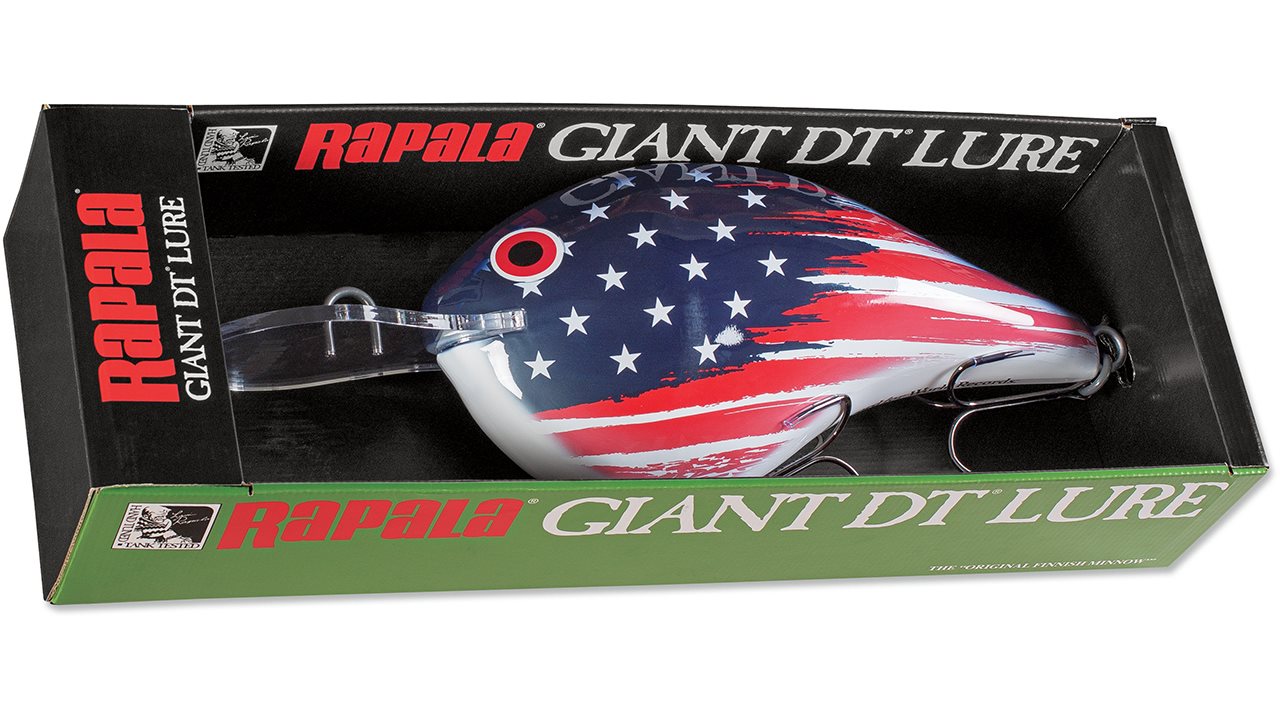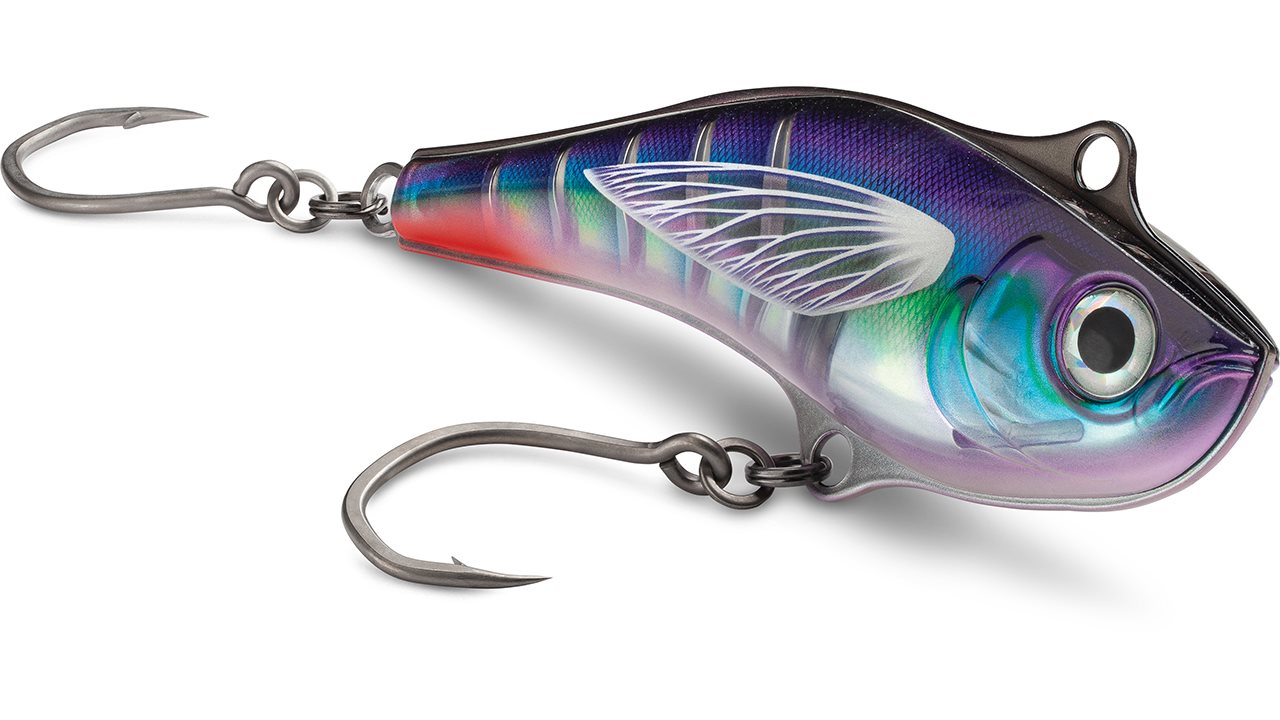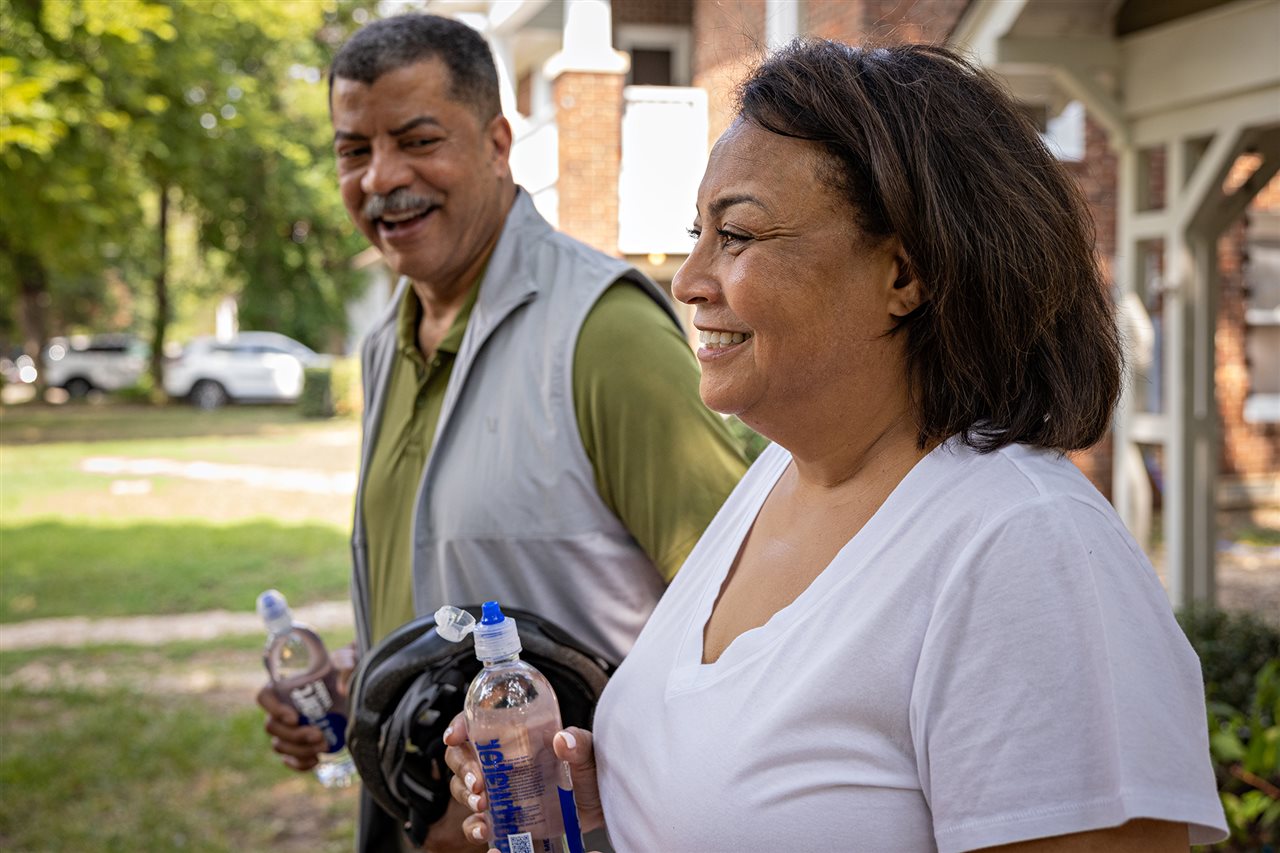2025-11-06T10:33:00
(BPT) – When it comes to gifting the perfect holiday present to the anglers in your life, no one has better instincts than Santa Bass.
Gifted with the same powers as the jolly man from the North Pole, Santa Bass handles the aquatic side of gift-giving. He sees anglers on boats in the summer when they yearn for a different size of their favorite bait. He sees blank spaces on walls where memories of the year’s biggest catches could live. He sees the overflowing tacklebox that won’t stay closed.
Nothing gets past this sneaky creature.
For the gift givers whose angler friends and family are on the Nice List this year, here are Santa Bass’s top 10 picks to make this the best holiday season ever.
Frame a photo of their best catch – The best gifts are sentimental. If you’ve gone on a legendary fishing trip with the person you’re gifting, print your favorite photo of the trip and frame it. PRs come and go, but photos are forever!
Upgrade the classics – If your loved one is a die-hard angler, they probably already know and love certain fan-favorites such as CrushCity’s The Mayor or Rapala’s Original Floating lure. But do they have their favorite baits in the newest sizes or colors? The Mayor, for example, now comes in six new colors and one new size. The Original Floating comes in three new colors. Plus, Rapala just upgraded this tried-and-true killer to an even more premium design called the Floater Elite. Treat your loved one (or yourself) to something you know they’ll love.

New soft baits by the pros – That being said, some anglers get the most fun out of trying entirely novel baits. If that sounds like someone you know, the brand-new baits developed by the pro anglers at CrushCity just might become your loved one’s new favorite. The Jerk and the Salted Ned Roll are two delectable soft plastics that just launched this year and have already won big on the competition circuit.
New year, new rod – Has your father, sister or fishing buddy been using the same cruddy rod since before the turn of the century? Watch their eyes light up when you gift them a brand-new, premium rod. If you know which technique is their favorite, check out 13 Fishing’s lineup of technique-specific rods like the Shaker Rod, Jigging Rap Rod or the Power Cork Rod. If you’re on a budget, consider the Jinx rod by 13 Fishing.
Put some pride on their wall – It always feels good to decorate your space with the things you love. When Rapala released the Original Floating Giant Lure in the color USA Flag, anglers went berserk, mounting the beloved ginormous bait in small town bars, basements, log cabins, rec-rooms, offices and fishing sheds across the nation. Now, Rapala is introducing another beloved Giant Lure to the mix. Mimicking the legendary DT (Dives-To) series lure in the USA Flag style, this 24″ monster makes for a sure-fire conversation starter for the angler with more stories to tell than hook scars on their arm.

Rep your sport off the water – There’s next to no one who wouldn’t appreciate a brand-new sweatshirt, beanie or baseball cap from a brand they love. Rapala has tons of apparel so your loved one can rep what they love sitting by the fire this year.
Sharpen their tools – A colorful, premium piece of filleting equipment is the perfect gift for the angler who appreciates quality, but it’s also a special treat for the more frugal anglers whose knives could use more than a little love. Rapala’s Fish ‘N Fillet knife is a great bet for both characters. Continuing with the original features — a progressively tapered, full-tang blade of European stainless steel that takes and holds an ultra-sharp edge, and a birch handle with fine tooled leather sheath — anglers can now pick up this mighty knife in the color Firetiger.

Don’t forget stocking stuffers – They say the best gifts come in small packages. Well, if what your loved one is seeking is a major bite under the ice, the Nano Rap is the gift of the season. This lure is the smallest that Rapala has made in all its 90-year history. Made for those times when panfish such as perch, crappie or bluegill succumb to winter lethargy and a slower metabolism, this micro lure is the perfect easy meal to trigger a bite. A well-equipped ice angler will have a few of these in their tackle box to tie on when all else fails.
Keep your angler cozy – Some ice anglers can be stubborn about what gear they wear to the lake. So, gift your loved one who always arrives home a little chillier than they should a new jacket and bibs so they stay on the ice even longer. Top ice anglers helped create the StrikeMaster pro jacket, which is built to keep anglers warm even in the roughest winter conditions.
Go big to win big – Saltwater anglers all know this one pelagic truth: Big fish eat big fish. As of this year, Rapala’s Sarda lure now comes in the biggest size yet, size No. 22, with a body length of 8-1/2 in. For coastal anglers on the hunt for massive bluefin tuna, this lure is a day-maker.





























